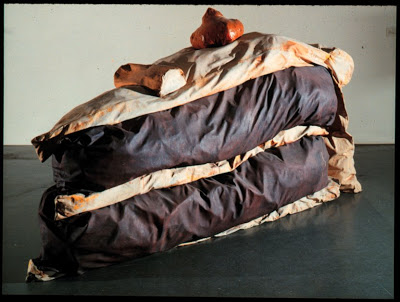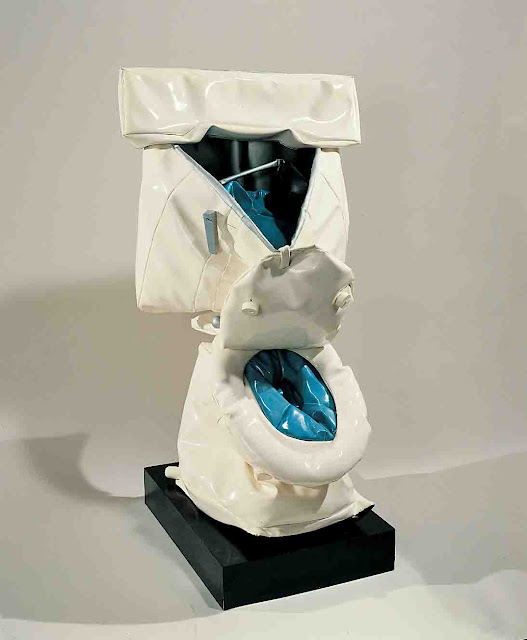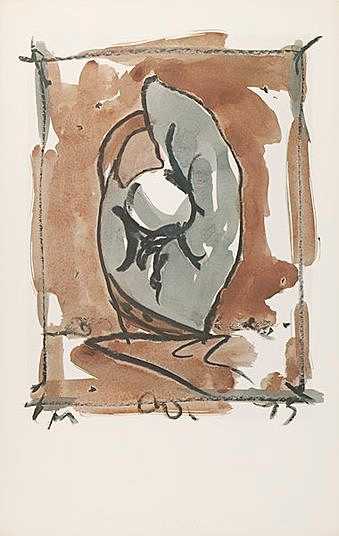check out the swanky illustrations of,
BOB PEAK
1927-1992
ABOUT
Bob Peak was one of the most prolific and flamboyant illustrators of the
20th century, he revolutionized advertising in the film industry and
is considered the “Father of the modern movie poster.” He totally transformed the approach to movie advertising from
basic collages of film stills or head shots to colorful flowing illustrations. In 1961United Artist hired Peak to design the poster for “West
Side Story.” Using his flashy mixed media style, of acrylic, pastel, line-work, and airbrush garnered him over 100 such posters, among them “ West Side Story” “My
Fair Lady,” “Camelot,” “Rollerball,” all the “Star
Trek,” films “Superman” and “Apocalypse
Now.” His iconic style was on the cover of TIME
magazine 45 times.
Born in Denver 1927, Colorado, Peak grew up in Kansas. He knew from an early age that he wanted to be a commercial illustrator. At age seven, he received a gift of brushes and paints, and by age nine he was drawing recognizable likenesses. He attended Wichita State University where he majored in geology with a minor in art and got a part time job in the art department of McCormick-Armstrong. That is where he gained the confidence to choose an art career and learned the skill of versatility-doing layout, illustration and lettering. After a stint in the military during the Korean War, Peak transferred to the Art Center College of Design in Los Angeles, California and graduated in 1951. In 1953 Peak moved to New York, landed an Old Hickory Whiskey ad campaign, and from that point on his career skyrocketed. His work appeared in major advertising and national magazines. Sports Illustrated sent him on assignments throughout the world, including a safari to hunt ibex with the Shah of Iran. He also designed numerous concept cars for FERRARI and owned several. He received the largest commission of an individual artist from the U.S. Postal Service to design 30 stamps for the 1984 Summer Olympics in Los Angeles, California and 1984 Winter Olympics in Sarajevo, Yugoslavia. Peak died of a sudden brain hemorrhage at the age of 64 still in his prime, leaving behind a legacy of flash that still holds up to today's digital world of design.
Peak circa 1960's With his original painting for "CAMELOT"
preliminary sketches

great charcoal drawing by Peak from the 70's
(For C. Parker) his screen saver.



Apocalypse Now
Thanks for all your help B. P. you were amazing.
It was a pleasure knowing you.
r.


































.jpg)




































